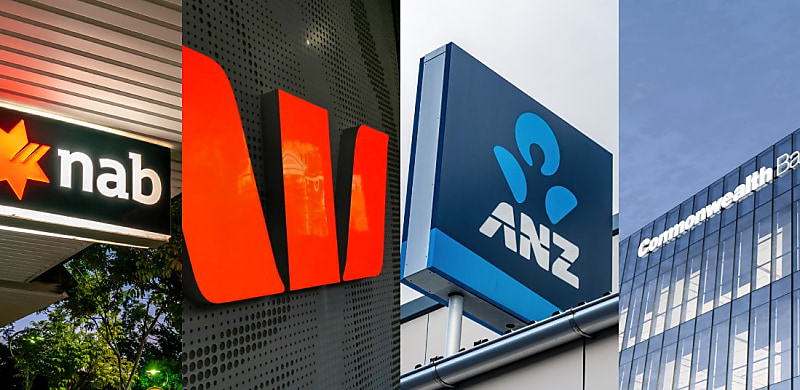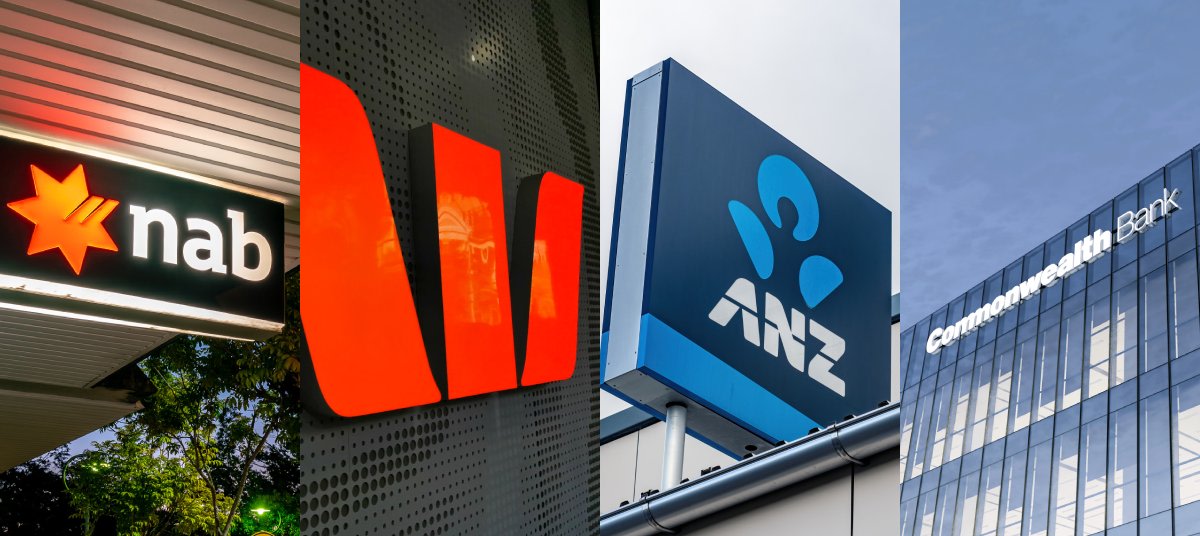
Major bank economists have doubled down on their August rate cut forecasts after the RBA surprised the market consensus by holding rates steady this month.
On Tuesday (8 July), the Reserve Bank of Australia (RBA) surprised many by holding the official cash rate level at 3.85 per cent for the month of July.
The move – which was taken after the RBA Monetary Policy Board voted six in favour, three against – was met with disappointment from many commentators, including some in the broking industry.
However, this disappointment may be short-lived, as the economists of Australia and New Zealand Banking Corporation (ANZ), the Commonwealth Bank of Australia, National Australia Bank (NAB), and Westpac have now cemented their forecasts for an August rate reduction, followed by several more.
The next rate decision, which will take place in five weeks’ time (on 12 August), will be formed following the release of more robust economic data, including quarterly inflation figures (to be released on 30 July).
Indeed, in the post-meeting press conference, RBA governor Michele Bullock added that the board was “waiting to confirm” if quarterly inflation was “still on track to meet inflation and employment objectives”.
While the majority of bank economists expected the RBA to cut the cash rate, a handful correctly forecast that the bank may want to hold the cash rate at 3.85 per cent.
According to The Australian Financial Review’s quarterly survey of economists, Citi chief economist Josh Williamson was among the few who said that a July hold made more sense, as more data was needed for the RBA to cut rates again.
But speaking following the July rate decision on Tuesday, nearly all of the major banks acknowledged that they were “surprised” by the central bank’s more “cautious” approach at this meeting, but reaffirmed their belief that a series of cash rate reductions was to come.
ANZ
ANZ’s head of Australian economics, Adam Boyton, said he suspected that the downside risks that had focused the Monetary Policy Board’s attention in May had “receded significantly, which has subsequently been reflected in a different tone to [the] post-meeting statement”.
He added that ANZ still expected the RBA to cut the cash rate in August, flagging this line in the post-meeting statement: “With the cash rate 50 basis points lower than five months ago and wider economic conditions evolving broadly as expected, the Board judged that it could wait for a little more information to confirm that inflation remains on track to reach 2.5 per cent on a sustainable basis.
“We also see an additional easing beyond August as more likely than not. As a result, we remain of the view that the ‘terminal’ cash rate for this easing cycle will be 3.35 per cent.”
He also reaffirmed that cuts in November also “seem likely”.
CBA
For CBA’s senior economist Belinda Allen, the bank had expected a cut based on “the incoming flow of data, the lack of any pushback on market pricing, and the RBA’s more dovish messaging in May”.
“We, and others, interpreted the sharply dovish tilt at the May Board meeting (and discussion of a 50bp cut), rich market pricing, and the data flow as making a rate cut in July the most likely outcome,” Allen said.
“In our view, there was a strong case to cut rates at this meeting. Ultimately, the RBA board disagreed, preferring to take a more cautious approach.”
She noted that the bank was “pivoting back to a more cautious stance and preferring to wait and see the full quarterly CPI print due 30 July to confirm inflation is heading back to the centre of the target band”.
The CBA economist continued: “As long as the forecasts continue to show underlying inflation reaching the centre of the target band, a rate cut in August seems a done deal.
“We expect the RBA to cut the cash rate in August by 25bp.
“The most likely option for the next rate cut is November. A further rate cut in this cycle cannot be ruled out, particularly if the slower easing cycle hinders the expected recovery in the household sector.”
NAB
NAB’s head of Australian economics, Gareth Spence, also confirmed that the bank “still see[s] the need for the RBA to normalise rates, with consumption so far having recovered more slowly than earlier expected and amid global downside risks”.
“The RBA’s interpretation of the recent data flow is similar to our own, but amid elevated uncertainty, they have opted for caution: more gradualism but less predictability,” he said.
“We still see the need for the RBA to normalise rates, with consumption so far having recovered more slowly than earlier expected and amid global downside risks.”
According to the NAB economist, the real cash rate remains elevated at over 1 per cent and, in NAB’s view, remains in restrictive territory.
Spence, therefore, confirmed that NAB continues to expect cuts in August and November. NAB has also now added a rate cut in February. This would take the terminal cash rate to 3.1 per cent.
“We continue to see a return to a more neutral policy stance as appropriate, though the RBA looks to be moving there more cautiously than we had previously expected,” he said in an economic update on Tuesday.
Westpac
Westpac’s chief economist Luci Ellis reiterated that the move to cut “wasn’t a shoo-in” after all (referencing her earlier forecast), stating that the general tone from the central banks was that it had “not been updating its view of the economy that quickly”.
She continued: “We read the tone of the media conference as flagging that the rate cut is still on for August, provided the trimmed mean inflation rate for June quarter does not surprise too much on the upside. Accordingly, we reinstate the likely timing of the next cut to August, though there is a small chance even this is delayed.
“We also retain the spread-out timing (November, February, May) of subsequent cuts as being in line with the cautious approach the RBA has flagged.”
Other economists have also begun adjusting their forecasts following the July rate decision, including AMP’s chief economist Shane Oliver, who said that the bank expects the RBA to cut the cash rate in August and then again in November.
What do the other banks think?
While the majority of bank economists agree about the future trajectory of this easing cycle, there are some outliers.
AMP Bank’s economist expects a further three cuts after August – in November, February, and May – to take the terminal cash rate for this easing cycle to 2.85 per cent.
“The August meeting is clearly live for a rate cut with Governor Bullock noting that by then it will have the June quarter CPI inflation data, another round of jobs data, revised economic forecasts and more information on the global growth outlook. The key here is the June quarter inflation data and specifically the trimmed mean inflation rate. Our assessment is that it will come in at the RBA’s 2.6 per cent year-on-year forecast or just below, which in turn should clear the way for another rate cut,” Oliver said.
[Related: RBA surprises with cash rate decision]

